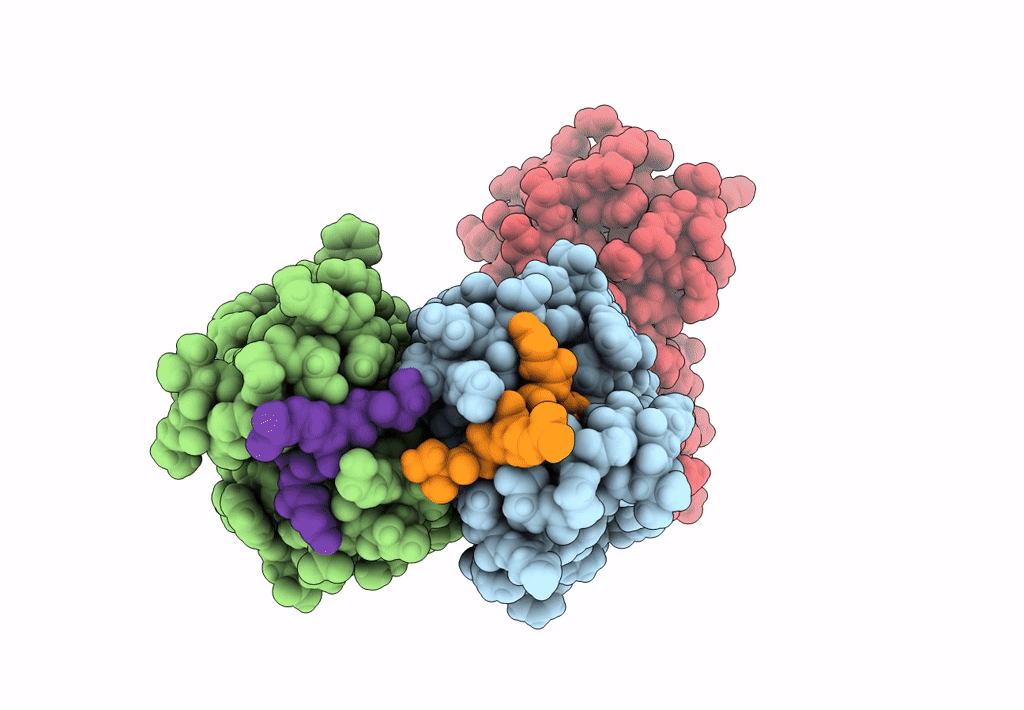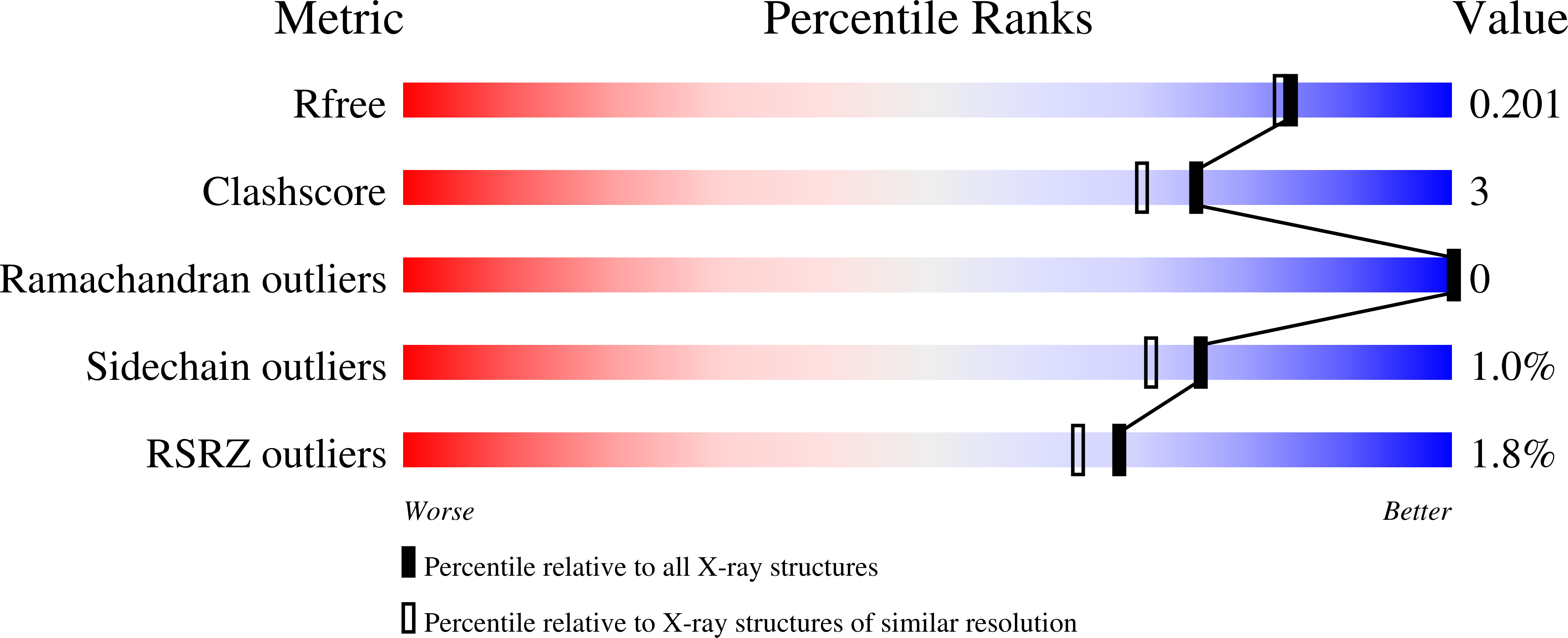
Deposition Date
2023-04-02
Release Date
2023-07-26
Last Version Date
2023-11-15
Entry Detail
PDB ID:
8SB6
Keywords:
Title:
Structure of human BRD2-BD1 bound to a histone H4 acetyl-methyllysine peptide
Biological Source:
Source Organism:
Homo sapiens (Taxon ID: 9606)
Host Organism:
Method Details:
Experimental Method:
Resolution:
1.80 Å
R-Value Free:
0.20
R-Value Work:
0.18
R-Value Observed:
0.18
Space Group:
C 1 2 1


